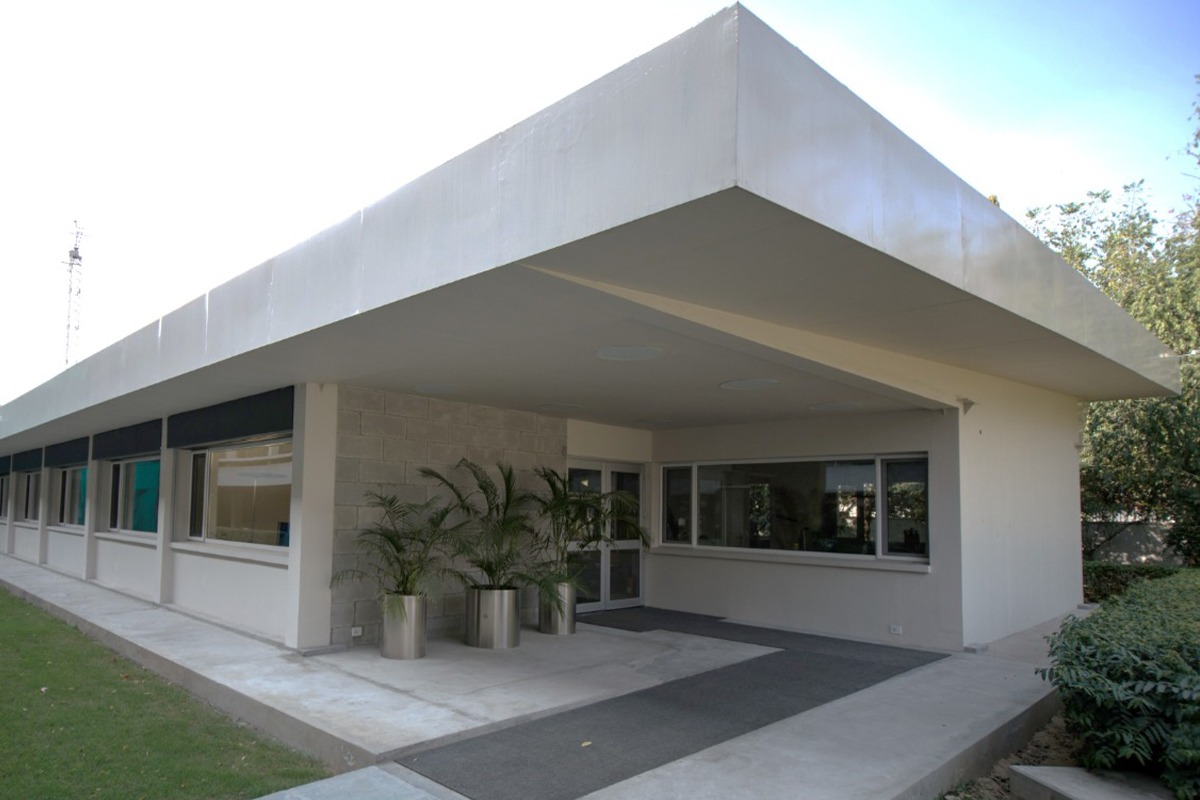Researchers from India, Switzerland, and Cuba have developed new cement which needs 20 per cent less energy and emits 40 per cent less Carbon dioxide (CO2) in its production.
Limestone Calcined Clay Cement (LC3) is blended cement incorporating Portland cement clinker, calcined kaolinitic clay and limestone, in combination with gypsum.
The extent of cement clinker is restricted to only 50 per cent, which implies a major reduction in the CO2 emissions since the production of clinker involves the burning of limestone, researchers of IIT Madras involved in the project said.
Experts believe Portland cement clinker production is responsible for nearly 8 per cent of the global CO2 emissions.
Universally, technologists have opined that one of the primary means of reducing the net carbon impact of concrete construction would be the use of less cement clinker in concrete, by the judicious use of by-product materials from mining, agriculture, and industry and minimize wastages through better construction techniques.
The clay used in LC3 is usually a non-ceramic grade raw material extracted from China clay mines, while the limestone used in the blend can be from low-grade sources that are not suitable for cement manufacture.
The sustainability impact assessment of the bio-cement was supported by the Swiss Agency for Development and Cooperation. Researchers from IIT Madras, IIT Delhi, TARA (Development Alternatives) New Delhi, Central University “Marta Abreu” of Las Vilas in Cuba and Swiss Federal Institute of Technology Lausanne in Switzerland were part of the project.
Concrete produced with this cement exhibits excellent strength and durability characteristics, as per a long-term assessment of the researchers.
LC3 is general-purpose cement and its production does not require setting up a green field unit. It can be easily integrated into an existing production system. Due to lower energy requirements, it is also around 25 per cent cheaper to produce depending on the availability of clay, the researchers informed.
Speaking about the results of the recently-concluded long-term research on LC3, Prof Manu Santhanam, Dean (Industrial Consultancy and Sponsored Research), IIT Madras, said, “Inter-university research spanning across several years and conducted at different scales clearly indicate the superior performance of this cement in coastal areas, which, combined with the major impact on CO2 and energy, can set the standard for producing sustainable concrete.”
While elaborating on the need for sustainable construction materials like LC3, Dr Soumen Maity of TARA said, “With the shift of government priority to renewable energy, the availability of fly ash is going to be constrained. The LC3 or limestone calcined clay cement provides a profitable and technically viable option of reducing the carbon emissions in existing cement production.”
“It can easily be integrated into the existing production system thus reducing the need for high CAPEX. TARA, along with academic institutions, is supporting cement companies to initiate the change to more sustainable cement production,” Maity added.

